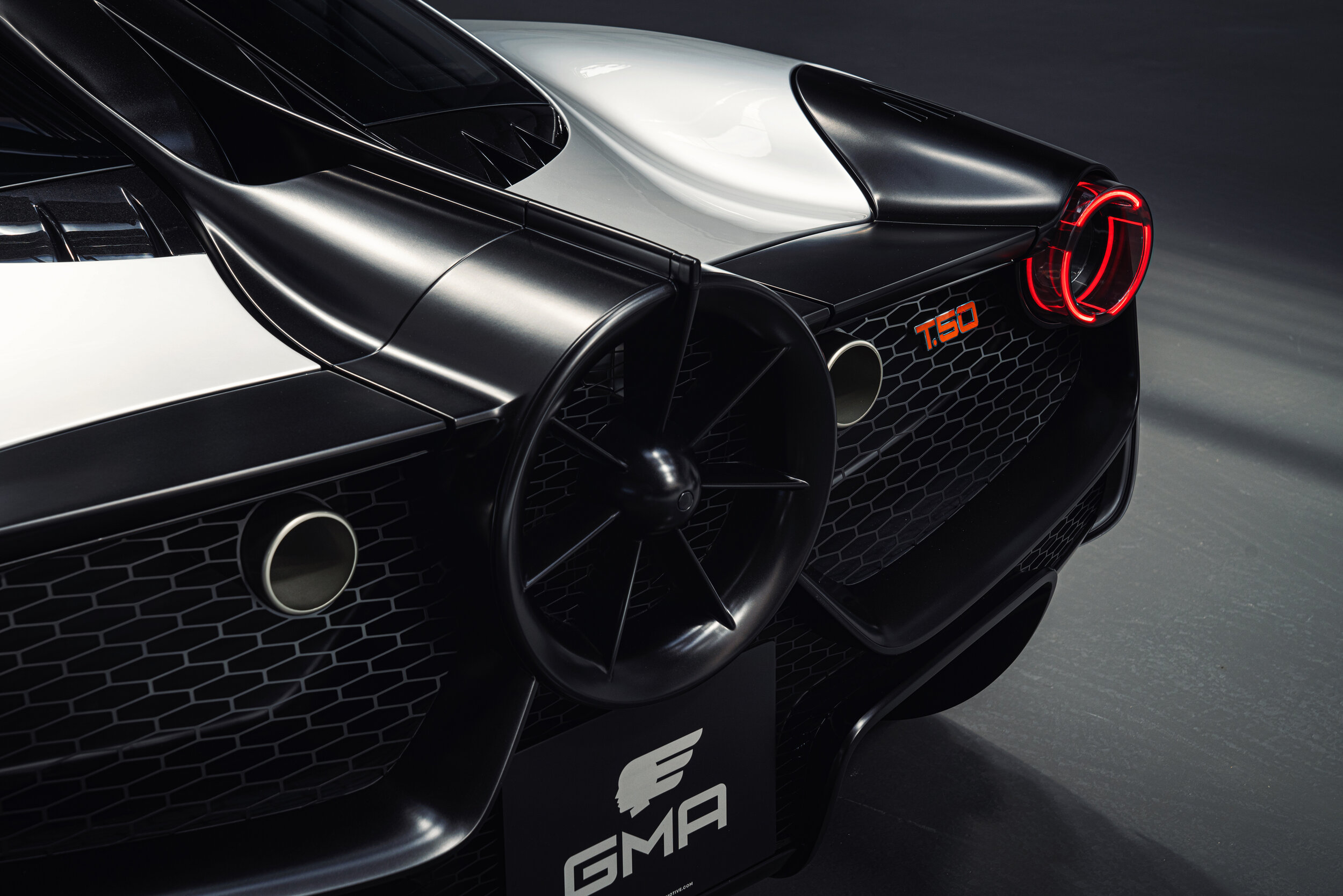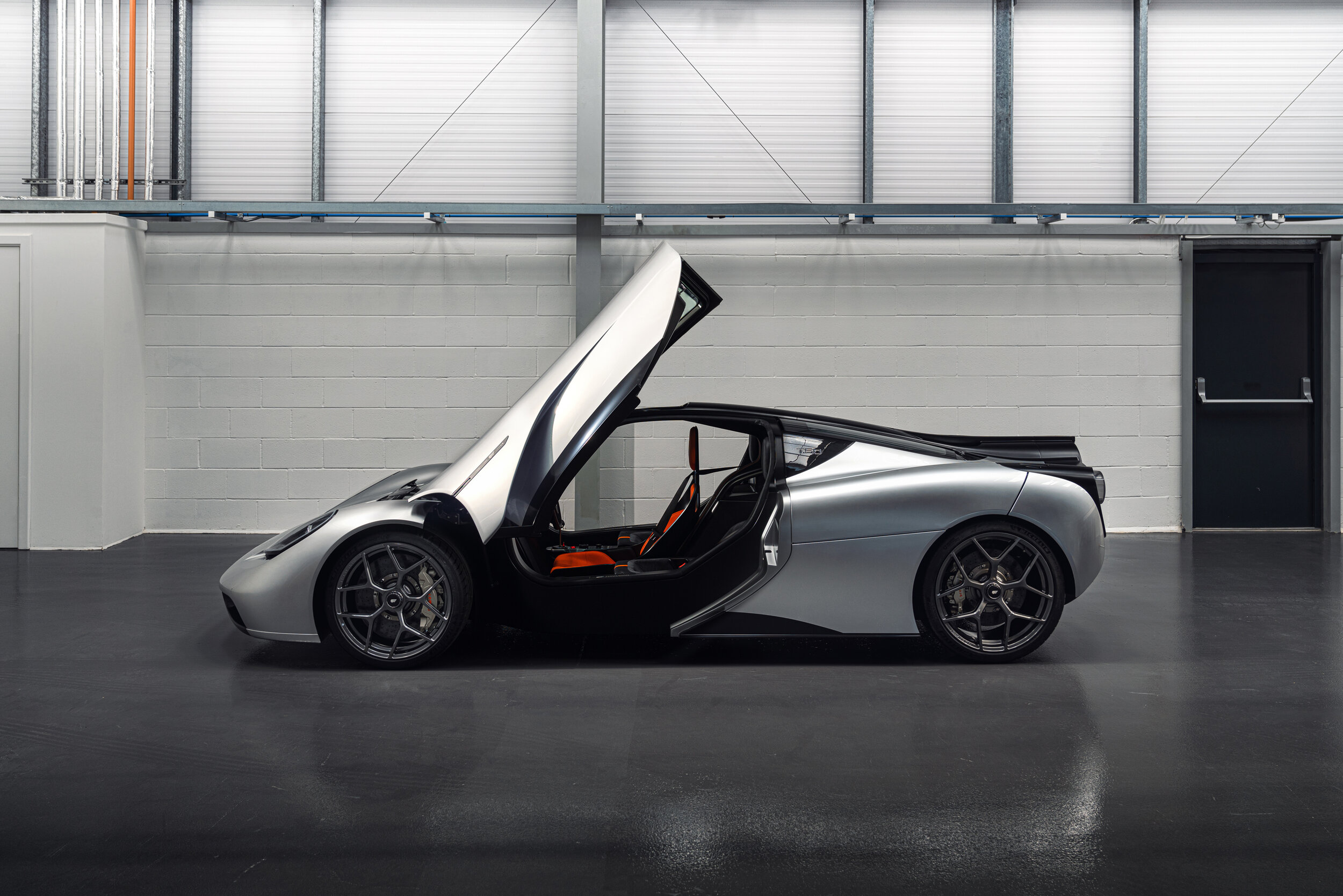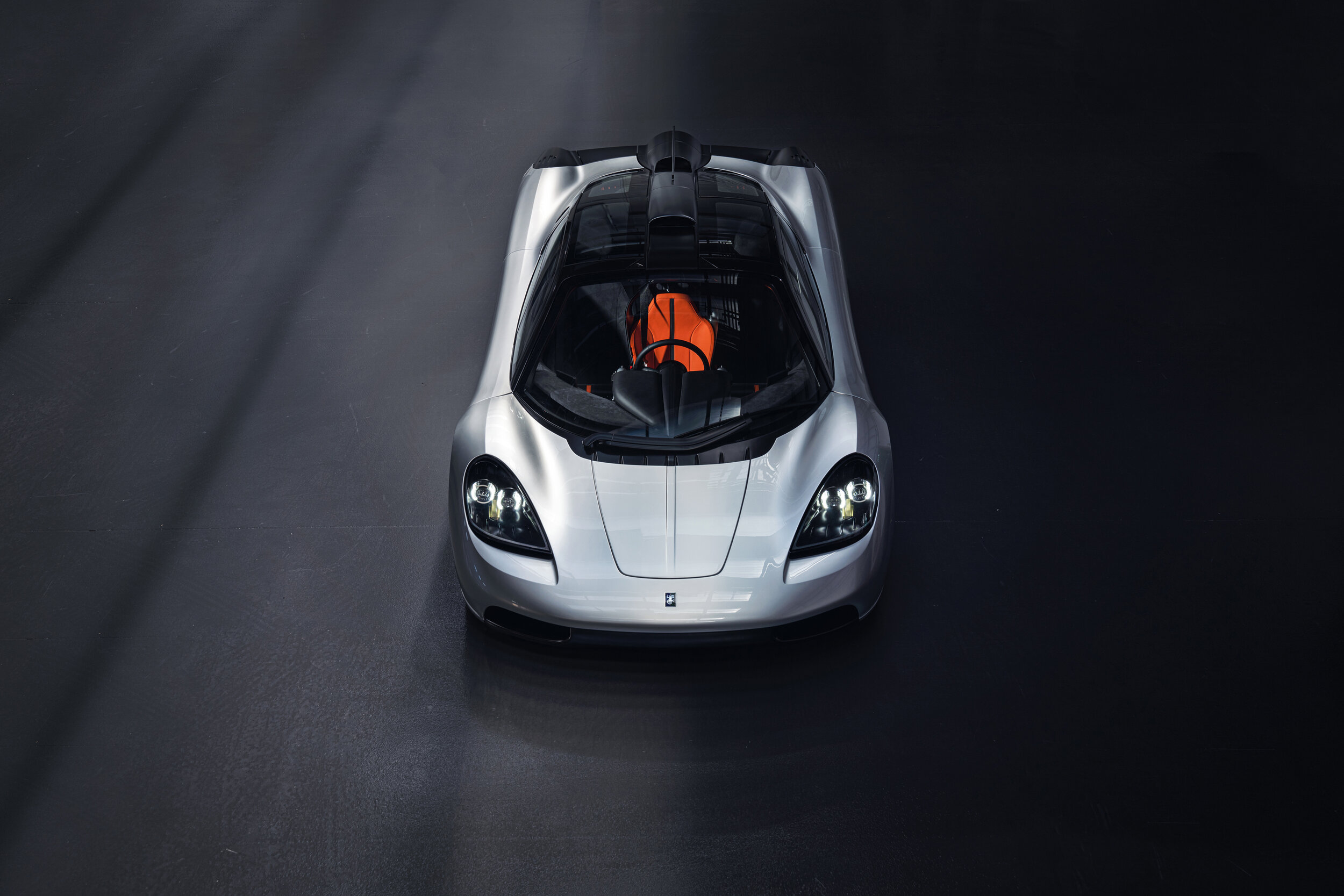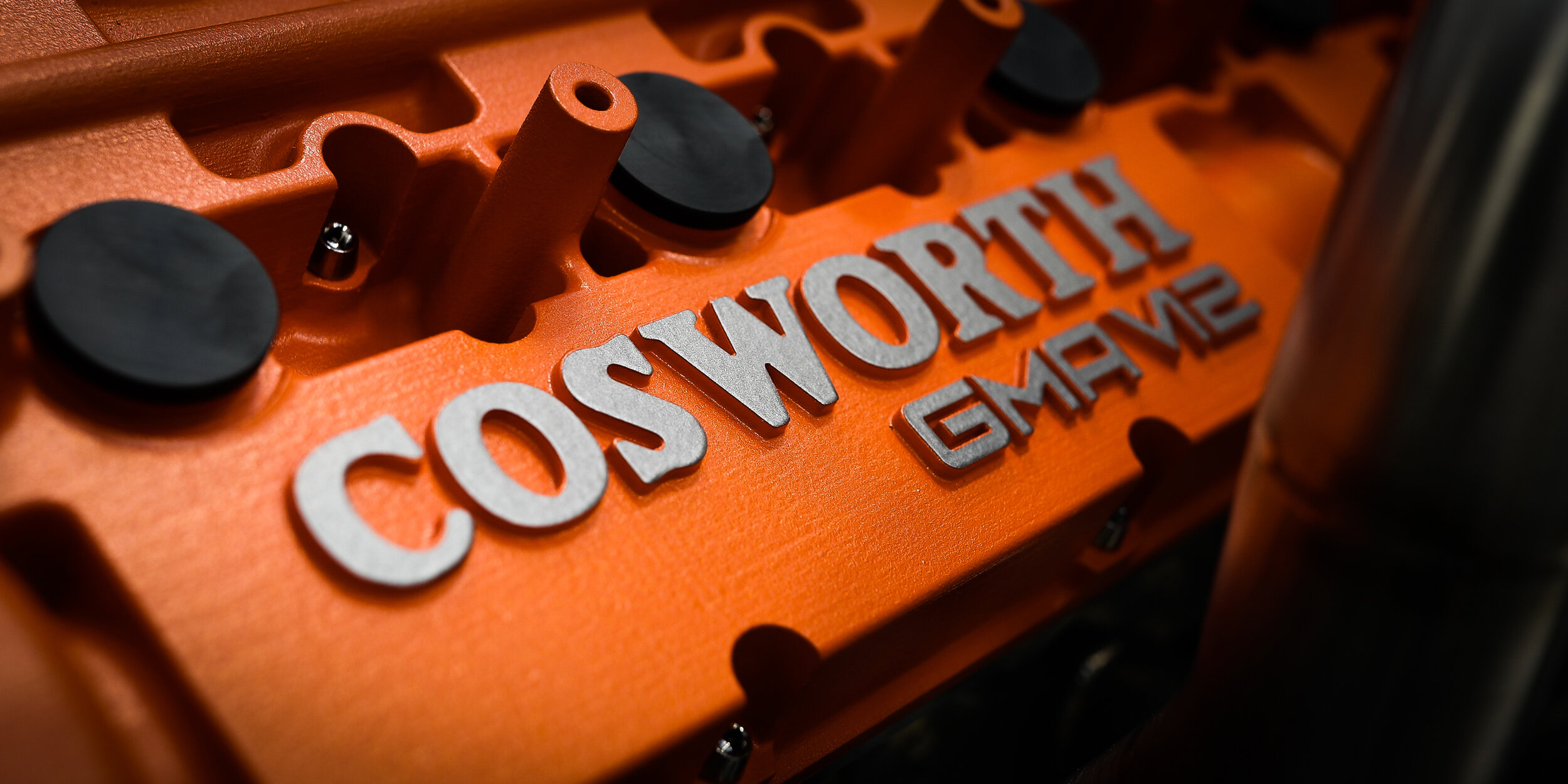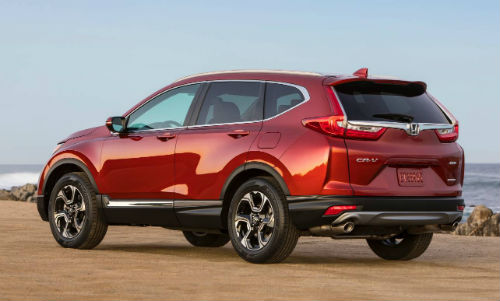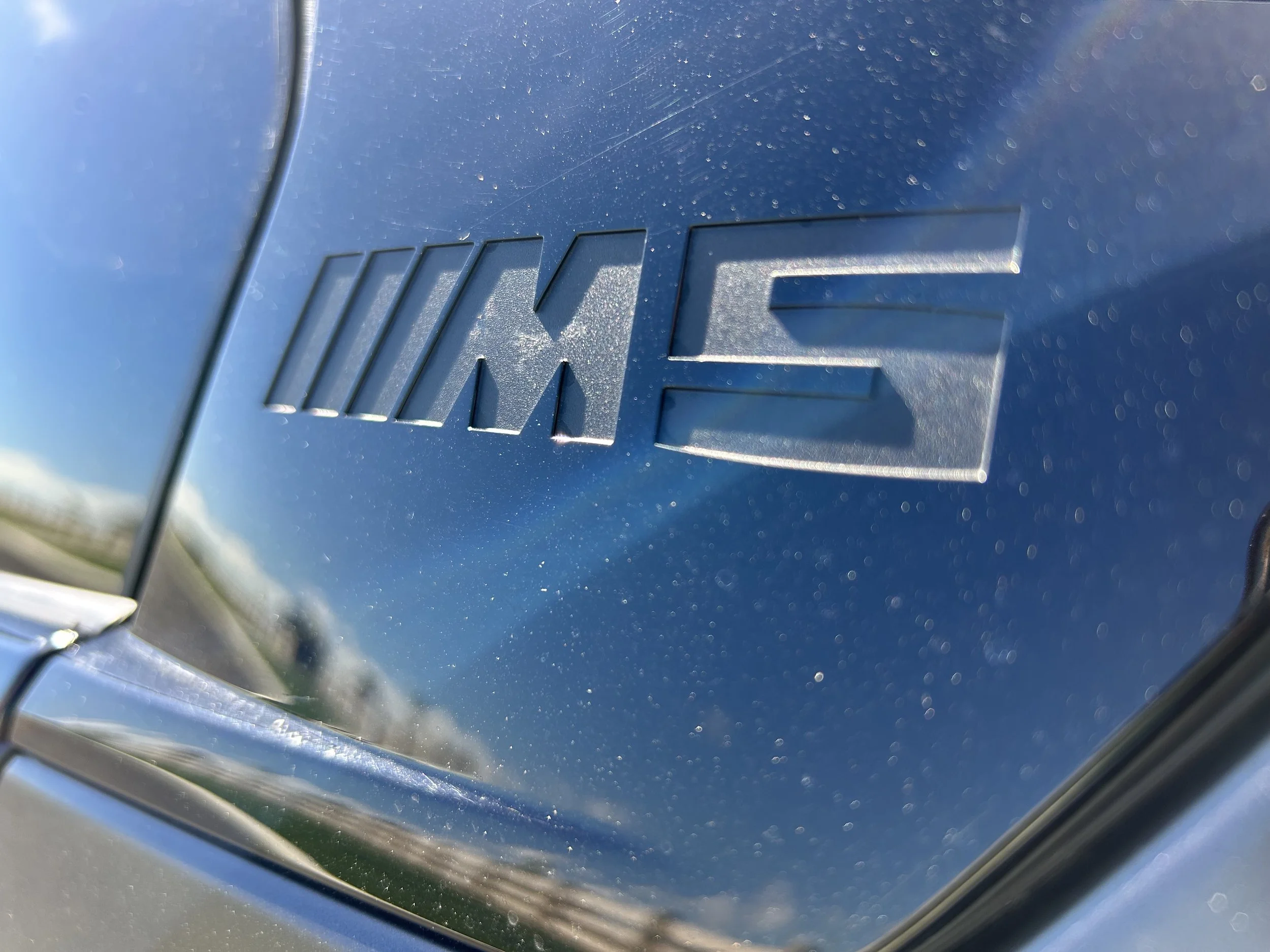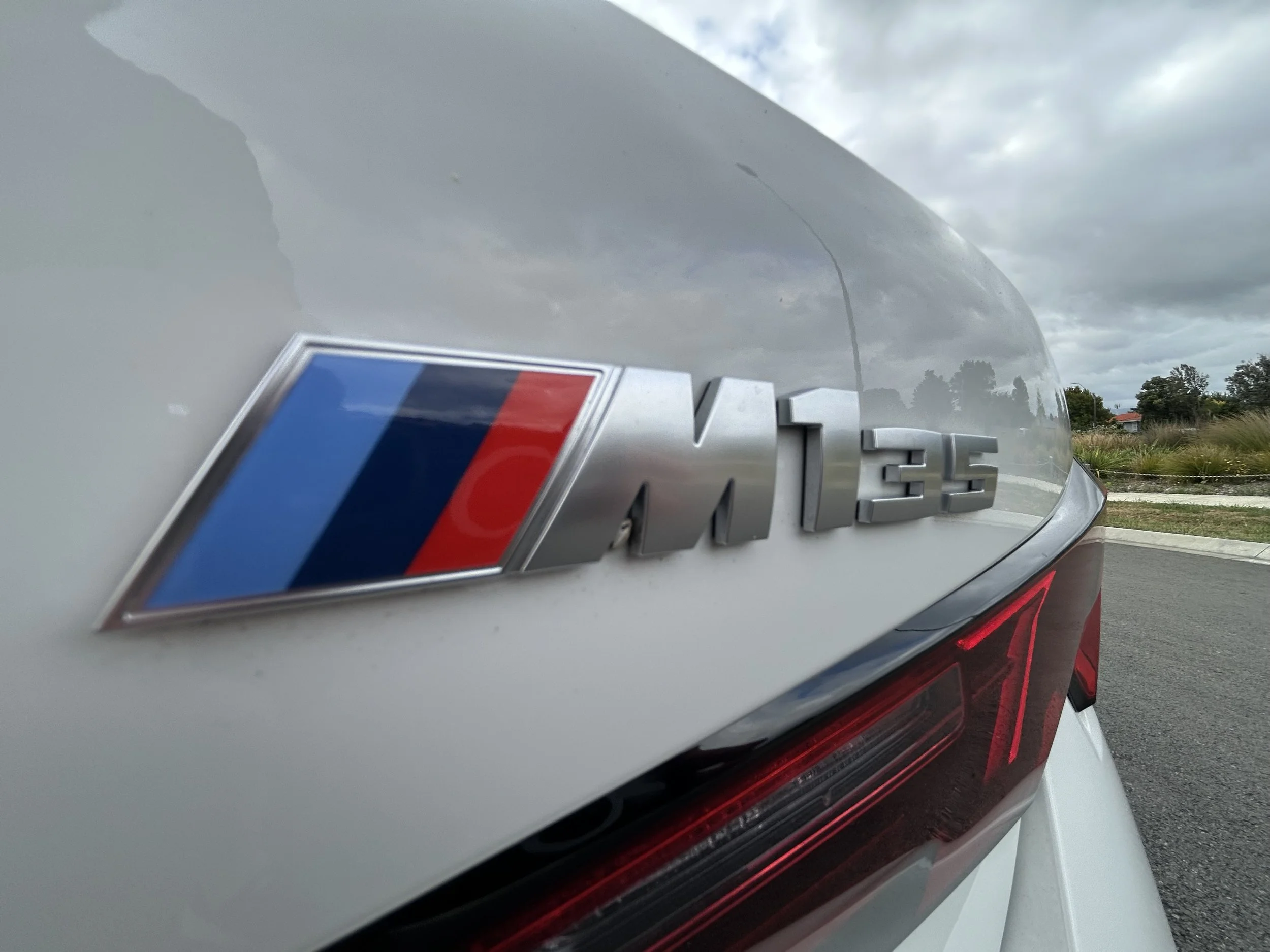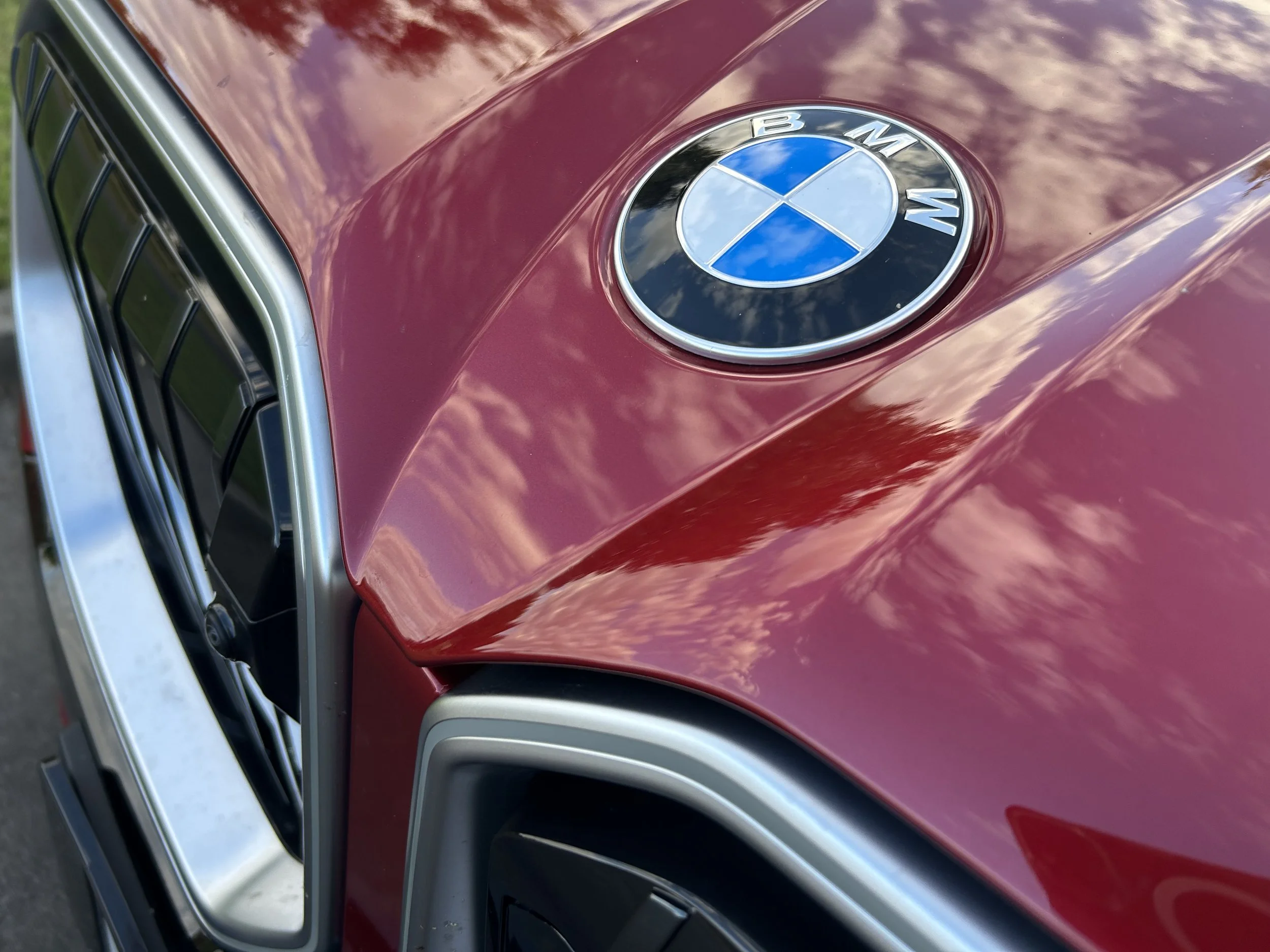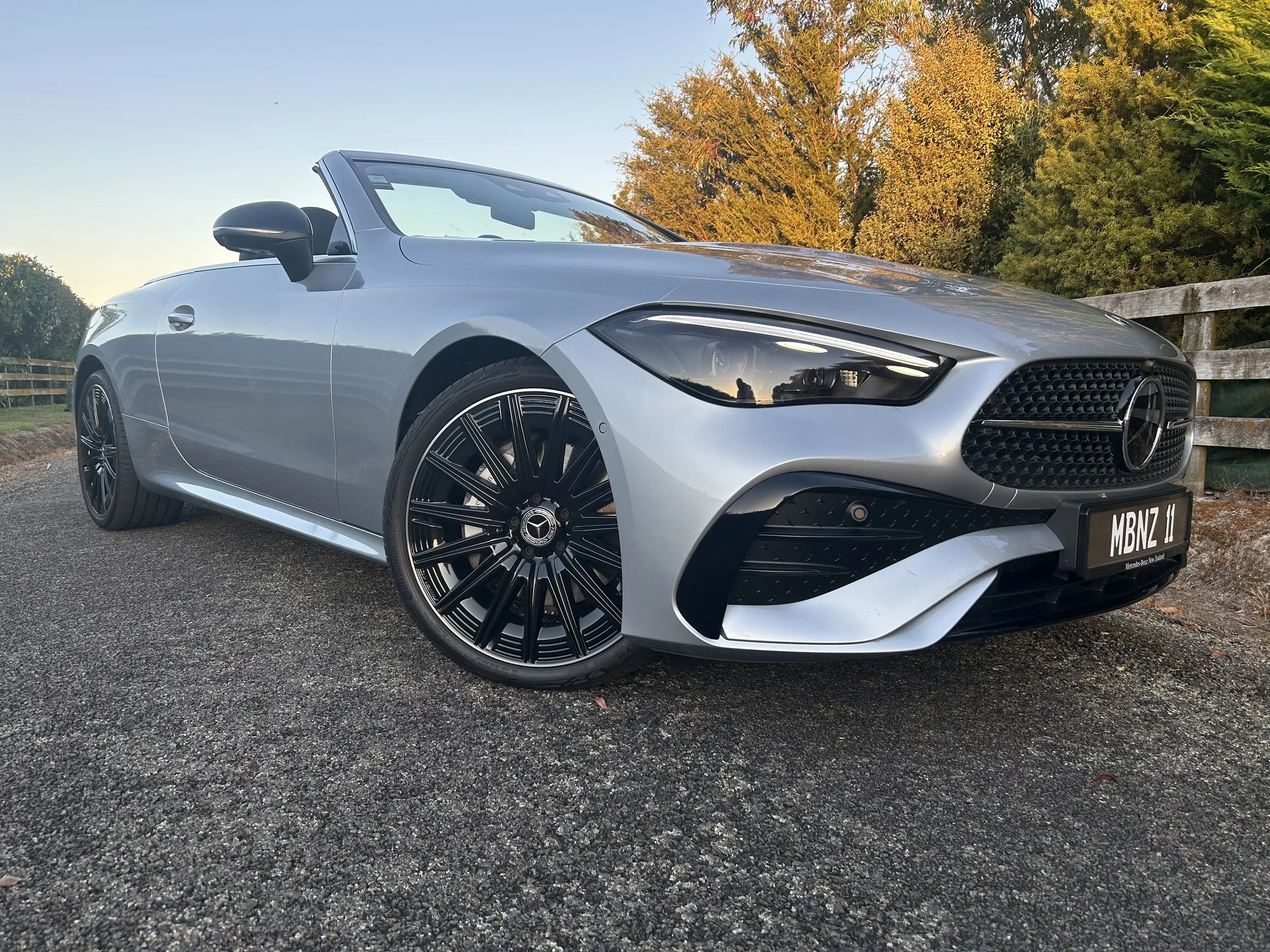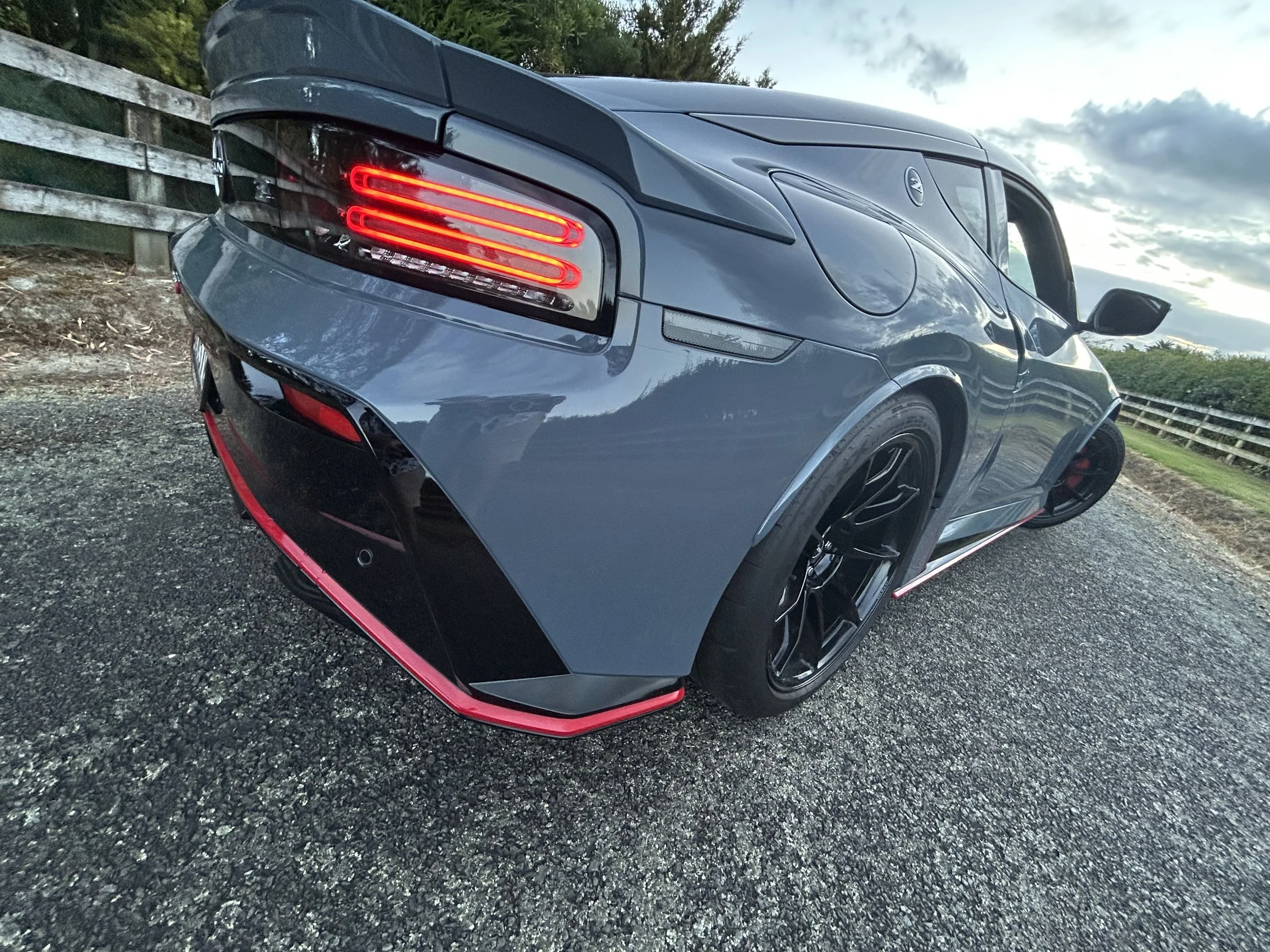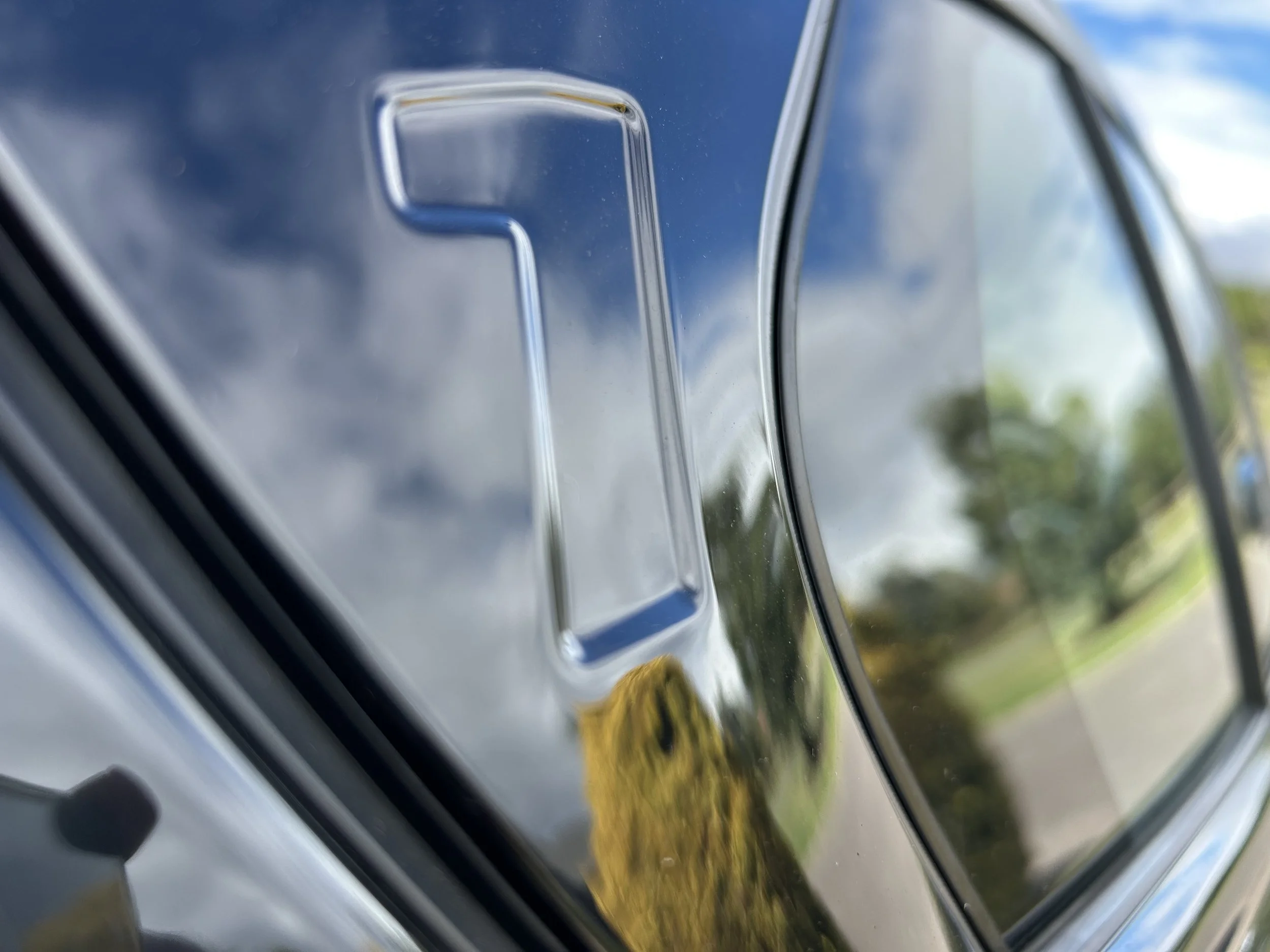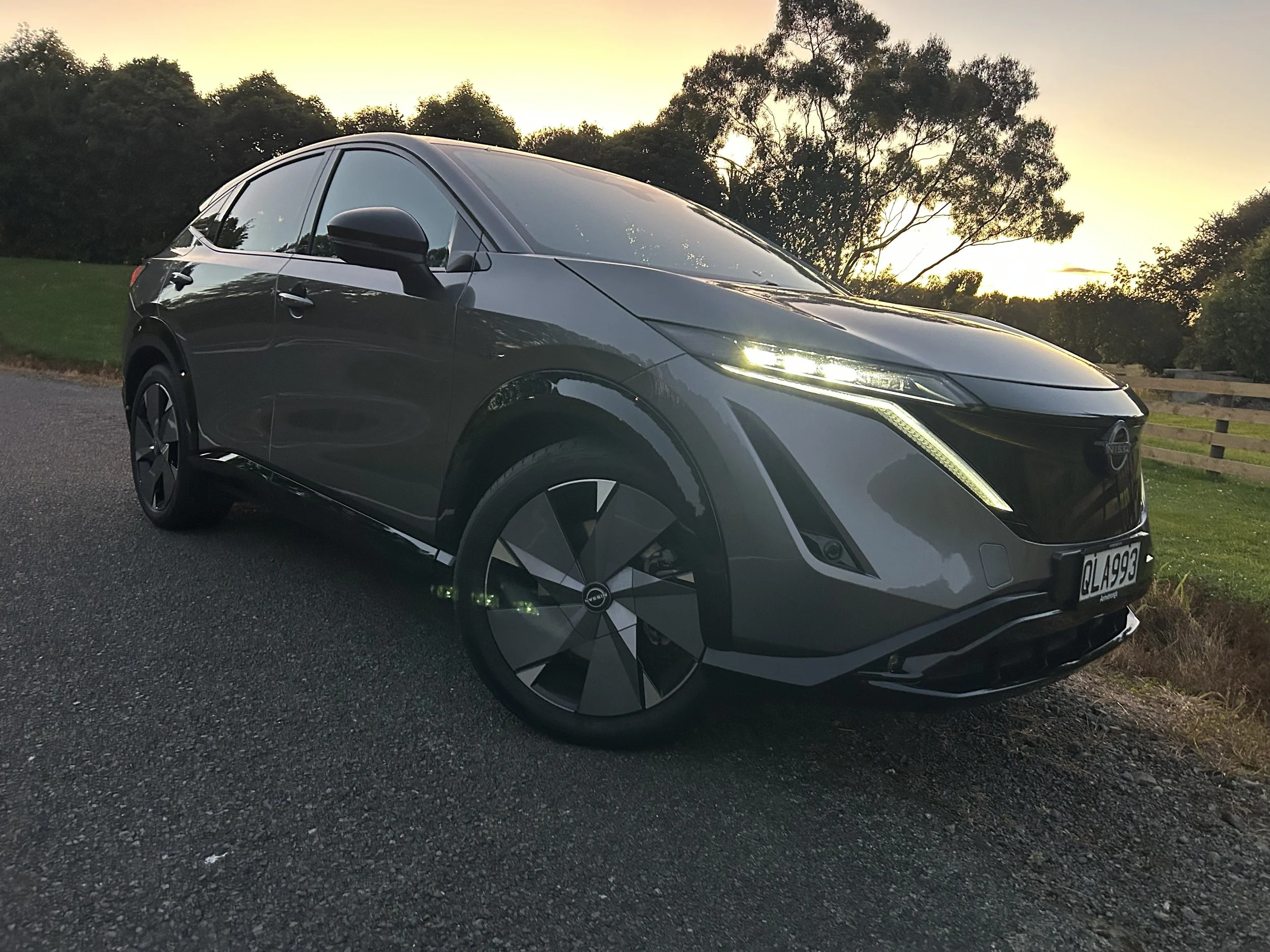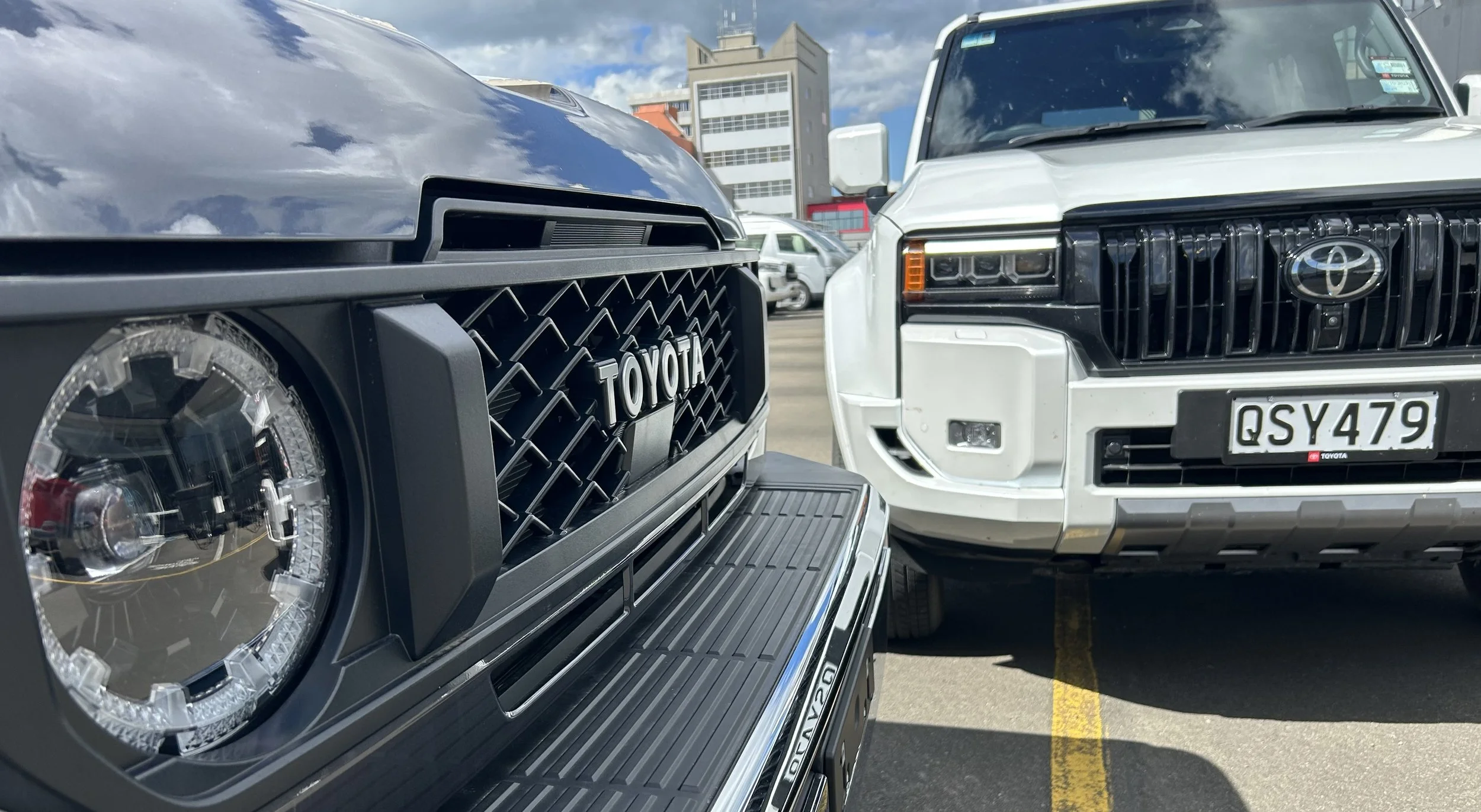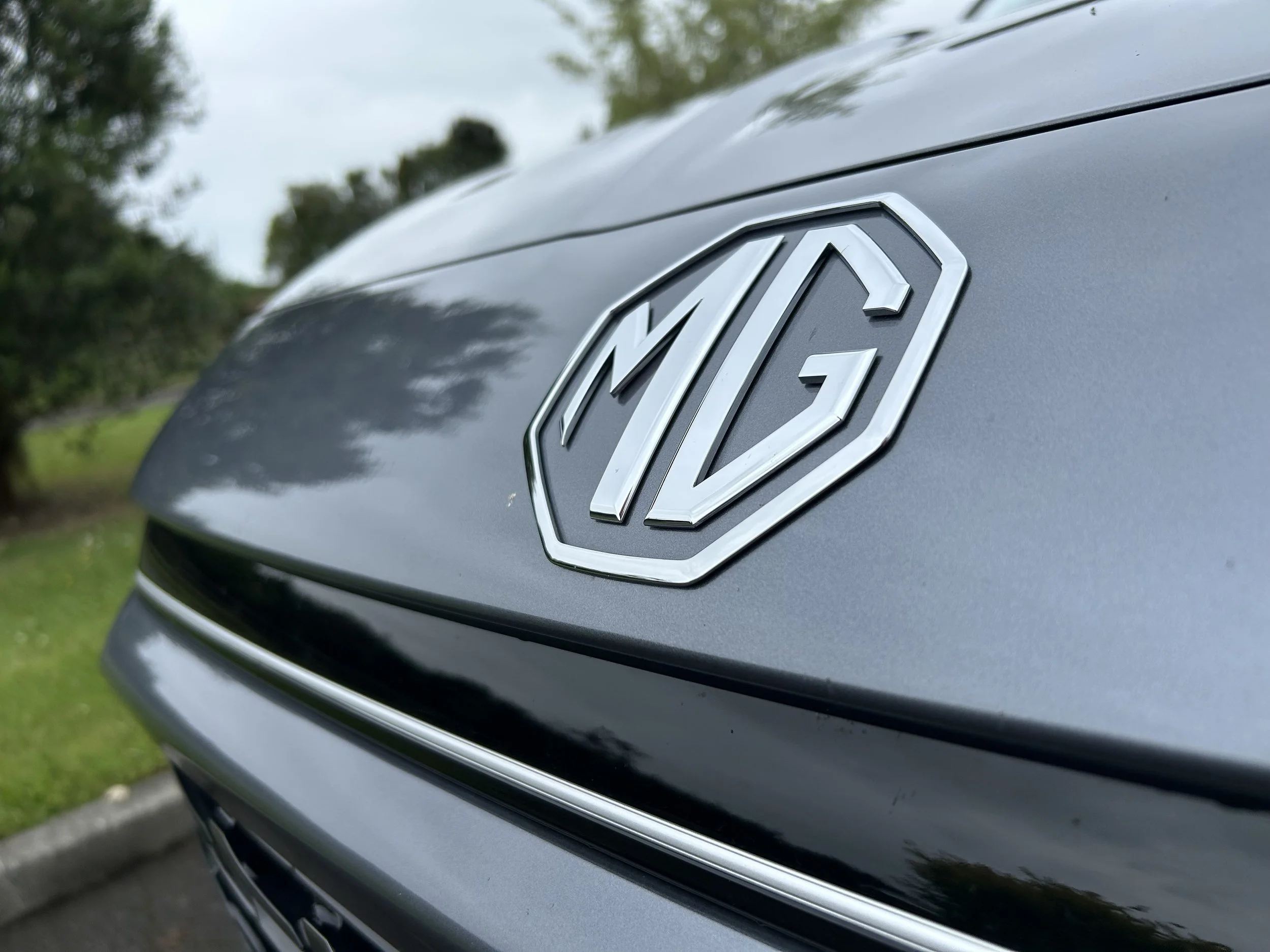At last, a sequel to the McLaren F1
/So you’ve won Lotto. How to spend $34 million? Fortuitously, Gordon Murray Automotive has finally pulled the covers off its T.50 hypercar
ONLY 100 in road trim will be built, each will cost around $NZ5 million … and, yeah, it’s understandable if you’re already looking for Gordon Murray’s email and have a hand down the back of the sofa looking for any spare change to go toward his latest car.
Unveiled overnight, the new Gordon Murray Automotive T.50 is an amazing achievement by any standard, perhaps destined to be the ultimate opus of the man who created the original 1993 McLaren F1 and was behind F1 title-winning racing cars.
The T.50 has been designed as a kind of ultimate evolution of the original F1 concept. It has huge power, but top speed is incidental in a design that's far more focused on driver pleasure. Hence the car is light, just 986kg, and compact, the same physical size as a Porsche Boxster.
It apes the F1 is also having a three-seat cockpit, with the driver in the central seat and passengers set back on either side. The chassis is, of course, carbon-fibre, with an aluminium honeycomb core.
The really clever bit is the aerodynamic package. As with the McLaren F1, and the seminal 1978 Brabham BT46B Formula One car that Murray designed, and which was pulled from entry because it was too fast, the T.50 uses a huge rear fan to aid its aero performance. Primarily it’ll deliver genuine ground effect, by sucking air out from under the car, but there are modes in which it can feed air into the car's wake to reduce drag, cut the braking distance and act as performance booster, by ramming high-speed air into the engine's air intake.
And the engine is? Designed for the car by Cosworth, it's a naturally aspirated four litre V12 (Murray hates turbos), with 494kW – yes, that’s in the top league for power-per-litre for a naturally aspirated engine – and 467Nm of torque. It redlines at 12,100rpm, peak power delivering at 11,500rpm. Power goes to the rear wheels, via a six-speed manual, again bespoke built for the car by XTrac.
Murray hasn't given any specific performance figures for the T.50 yet, but the 0-100kmh time should be pretty special. It's not the point, though - the T.50 has been designed to be fun and rewarding to drive.
Only 100 T.50s will be built as road cars. There’ll also be a small count of track day specials and Murray has talked about taking the car racing. Delivery starts in January of 2022.

